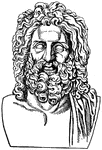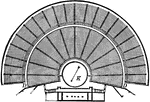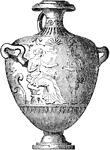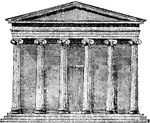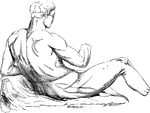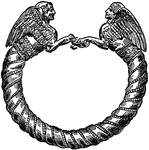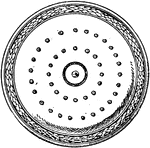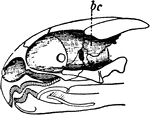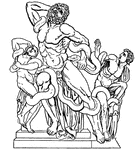
Laocoon
The son of Acoetes and allegedly a priest of Poseidon at Troy. He is famous for warning the Trojans…
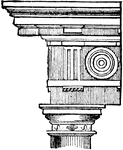
Doric Order
One of the three orders or organizational systems of Ancient Greek or classical architecture.

Quetzalcoatl
Stone image of the feathered-serpent deity of ancient Mesoamerica, a god of Mexican and Central America.
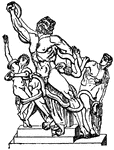
Laocoon
The son of Acoetes and allegedly a priest of Poseidon at Troy. He is famous for warning the Trojans…

Hygieia
"In the classical mythology, the goddess of Health- the daughter of Aesculapius. She was worshipped…

Minerva
"The name of a Roman goddess, identified by the later Graecising Romans with the Greek Athene, whom…

Greek Coin
"In the reign of Philip of Macedon, the coinage of Greece had attained its full development, having…
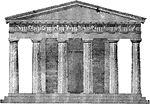
Doric Temple
"The front elevation of a Greek Doric Hexastyle-peripteral Temple." — Encyclopedia Britanica,…
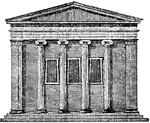
Tetrastyle
"Elevation of a Greek Ionic attached Tetrastyle in Antis." — Encyclopedia Britanica, 1893
Grecian Banner
"Greek architecture is distinguished for nothing more than for the grace and beauty of its mouldings;…

Greek Pot
A small vase of elegant form, resembling the oinochoe, but in general more slender with a raised handle.

Coin of Illiberis
"The name Iberians seems to have been applied by the earlier Greek navigators to the peoples who inhabited…
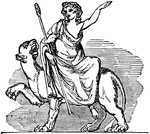
Bacchus
"The god of wine, was the son of Zeus and Semele, the daughter of Cadmus. Before his birth, Semele fell…
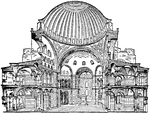
Hagia Sophia
Cross section of Hagia Sophia in Istanbul (historically Constantinople). The Greek name Hagia Sophia…
Double Pipes
"Ancient Greek Double Pipes. Elgin Collection, British Museum." — The Encyclopedia Britannica,…

Italo-Greek Earring
"An Italo-Greek earring showing great craftsmanship." —The Encyclopedia Britannica, 1910

Earring
"The earring is an exquisite illustration of Greek skill in the introduction of the human figure; the…
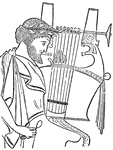
Lyre
"Cithara or Phorminx, from a vase in the British Museum. Best period of Greek art." —The Encyclopedia…
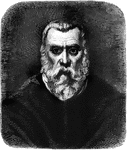
Tintoretto
This portrait is of the great artist, Tintoretto. He was a Greek painter who included external imagry…
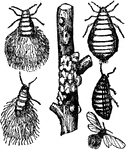
Wooly Aphid
Eriosoma Lanigera, or the Wooly Apple-Tree Blight. These insects appropriate for their generic name…
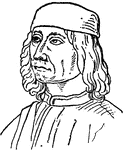
Giovanni Bellini
(1430-1516) Bellini was a Venetian Renaissance painter, probably the best known of the Bellini family…

Boreas
Boreas was the Greek god of the cold north wind and the bringer of winter. His name meant "North Wind"…
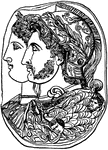
Cameo
Cameo, a term applied to gems of different colors sculptured in relief. The art of engraving on gems…
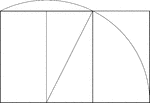
Construction Of A Golden Rectangle
Illustration showing the construction of a golden rectangle. Beginning with a unit square, a line is…

Golden Rectangle
Illustration showing the golden rectangle. Two quantities are considered to be in the golden ratio if…

Golden Rectangles
Illustration showing a nesting of 2 golden rectangles. Two quantities are considered to be in the golden…

Golden Rectangles
Illustration showing a nesting of 3 golden rectangles. Two quantities are considered to be in the golden…

Golden Rectangles
Illustration showing a nesting of 4 golden rectangles. Two quantities are considered to be in the golden…

Golden Rectangles
Illustration showing a nesting of 5 golden rectangles. Two quantities are considered to be in the golden…

Golden Rectangles
Illustration showing a nesting of 6 golden rectangles. Two quantities are considered to be in the golden…








